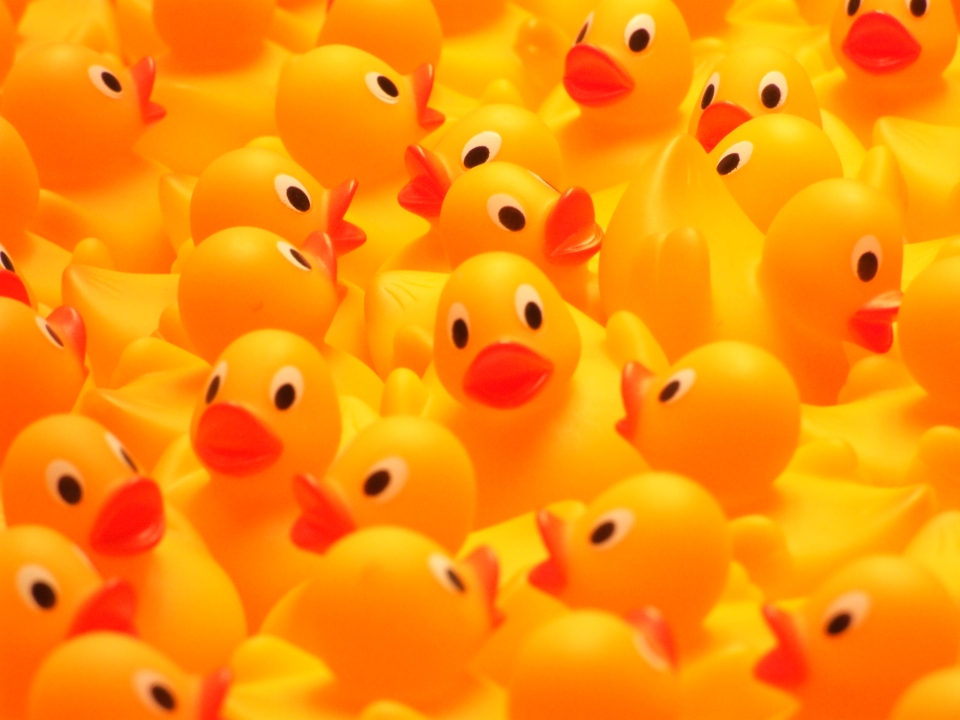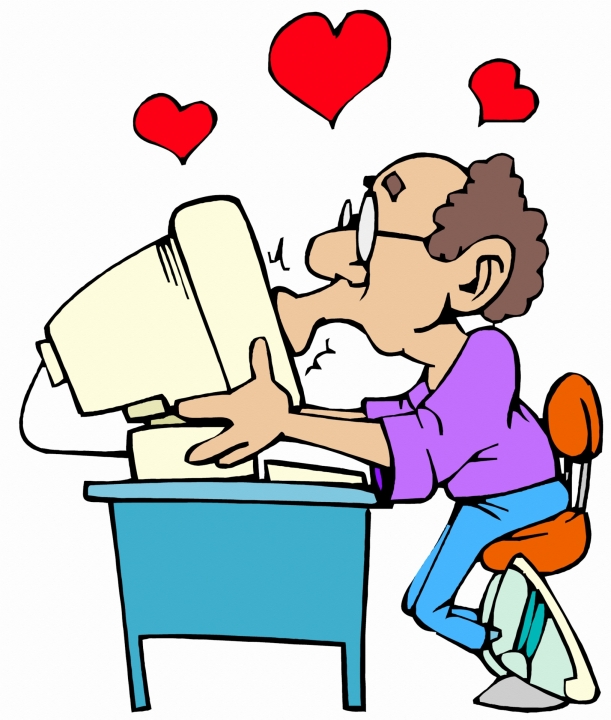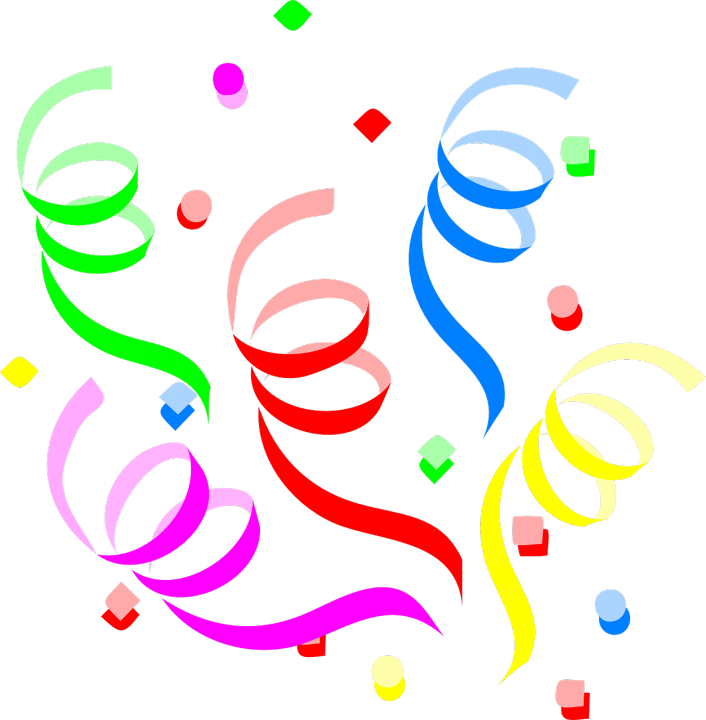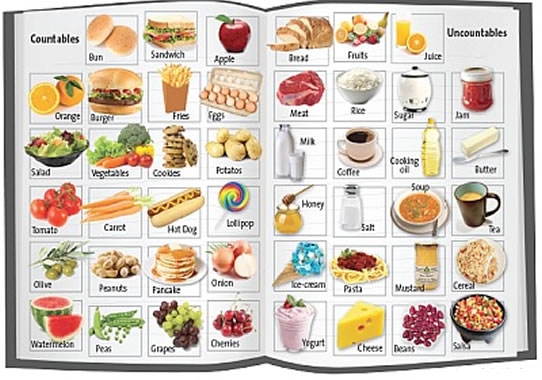Het arrangement 0971200_much, many, a lot of is gemaakt met Wikiwijs van Kennisnet. Wikiwijs is hét onderwijsplatform waar je leermiddelen zoekt, maakt en deelt.
- Auteur
- Laatst gewijzigd
- 2020-02-05 11:02:19
- Licentie
-
Dit lesmateriaal is gepubliceerd onder de Creative Commons Naamsvermelding-GelijkDelen 4.0 Internationale licentie. Dit houdt in dat je onder de voorwaarde van naamsvermelding en publicatie onder dezelfde licentie vrij bent om:
- het werk te delen - te kopiëren, te verspreiden en door te geven via elk medium of bestandsformaat
- het werk te bewerken - te remixen, te veranderen en afgeleide werken te maken
- voor alle doeleinden, inclusief commerciële doeleinden.
Meer informatie over de CC Naamsvermelding-GelijkDelen 4.0 Internationale licentie.
Aanvullende informatie over dit lesmateriaal
Van dit lesmateriaal is de volgende aanvullende informatie beschikbaar:
- Eindgebruiker
- leerling/student
- Moeilijkheidsgraad
- gemiddeld
- Studiebelasting
- 4 uur 0 minuten
Bronnen
| Bron | Type |
|---|---|
|
Countable or uncountable nouns? https://www.youtube.com/watch?v=sCTnesjej8g |
Video |
|
Much or many? https://www.youtube.com/watch?v=urehttUgO3k |
Video |
|
Much, many, a lot of https://www.youtube.com/watch?v=MGvmpdbjEqs |
Video |
|
Formative test https://goformative.com/formatives/5d94f50c60d742753b47a754 |
Link |
|
Much or many? https://www.youtube.com/watch?v=uQIuZ6YJ760 |
Video |
|
https://docs.google.com/forms/d/e/1FAIpQLSd9IaLQql4K7lr00Sfm-6GYVG4QnstzWNussT_iB2FyFdaAgQ/viewform?usp=sf_link https://docs.google.com/forms/d/e/1FAIpQLSd9IaLQql4K7lr00Sfm-6GYVG4QnstzWNussT_iB2FyFdaAgQ/viewform?usp=sf_link |
Link |





